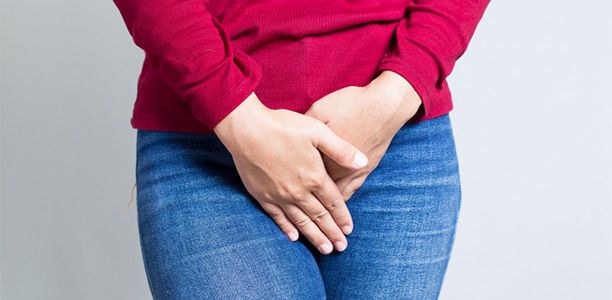Incontinence: a smelly and embarrassing problem frequently experienced by your elderly grandmother, right? Well, no actually. You might be surprised to know the person just as likely to experience an embarrassing accident has probably just dropped the kids off at school on her way to work.
That’s right, incontinence is largely a younger women’s problem, with a 2011 Access Economics report finding more than half of Australian women affected by incontinence are less than 50 years of age.
But the age of onset for incontinence is just one of many myths about this common condition. Here are some others.
I don’t have incontinence, I just sometimes leak a little bit.
This is possibly the mother of all myths about incontinence. Incontinence is defined as any accidental or involuntary loss of urine or faeces or wind. That’s right, even “a little bit”. It’s a clever marketing term, but don’t fool yourself, light bladder leakage or “LBL” is actually incontinence.
I’ve never had a baby so I won’t have to worry about it.
While pregnancy increases a woman’s chances of being affected by incontinence, incontinence can affect as many as one in five young women who’ve never had a baby, with physically athletic women at higher risk.
My mother suffered from incontinence, so I will too.
Just because your mother was affected by incontinence, doesn’t necessarily mean you will be. Incontinence can be prevented, often by adopting some simple measures. In the majority of cases, incontinence can be cured or better managed. It should not be considered normal or an “inherited” problem you have to put up with.
I’ve had a caesarean so I don’t have to worry about incontinence.
Regardless of the type of delivery you had, the pregnancy itself – primarily a combination of hormones and the weight on your pelvic floor – puts you at a higher risk of incontinence and prolapse.
Prolapse is rare and an older woman’s condition.
Prolapse is not rare. As many as one in four Australian women have one or more symptoms of pelvic organ prolapse (where the bladder, uterus or rectum protrude into the vagina); the most common being urinary incontinence. Ageing plays only a limited role in the causes of prolapse (Dietz H, 2008), and symptoms may surface during pregnancy, after childbirth or may many years later, particularly after menopause.
Only women have pelvic floors.
Believe it or not, many men (and some women) are surprised to learn that they too have a pelvic floor muscles that require regular maintenance for good bladder and bowel health. As men age, these muscles surrounding the urethra can lose their tone, resulting in after-dribble. Regular pelvic floor muscle exercises help to avoid this and are useful in treating incontinence after prostate surgery.
So, do you have incontinence?
One in four Australians adults do, with women making up 80% of the total of 4.8 million adults affected. If you experience any of the following symptoms, you may have a bladder or bowel control problem. Do you:
- sometimes feel you have not completely emptied your bladder;
- have to rush to the toilet;
- often feel anxious about losing control of your bladder or bowel;
- wake up twice or more during the night to urinate;
- sometimes leak before you get to the toilet;
- sometimes leak when you lift something heavy, exercise, sneeze, cough or laugh;
- sometimes leak when you stand up after sitting or lying down;
- strain to empty to bowel;
- sometimes soil your underwear; or
- plan your daily routine around where the nearest toilet is?
Getting help
The good news is, in most cases incontinence can be prevented, cured or better managed, often just through regularly exercising your pelvic floor muscles and simple lifestyle changes. The Continence Foundation of Australia website (continence.org.au) has lots of information and helpful advice. The Foundation also has a free, confidential National Continence Helpline (1800 33 00 66) staffed by continence nurse advisors who can provide information, confidential advice and direct you to your nearest continence service.
(Source: Continence Foundation of Australia)
References:
- Deloitte Access Economics, 2011, The economic impact of incontinence in Australia
Larsen W, Yavorek T, 2006, Pelvic organ prolapse and urinary incontinence in nulliparous women at the United States Military Academy, Int Urogynecol J Pelvic Floor Dysfunct., May; 17(3):208-10. - Cacciatore A, Giordano R, Romano M, La Rosa B and Fonti I, 2010, Putative protective effects of cesarean section on pelvic floor disorders, J Prenat Med, Jan-Mar; 4(1): 1–4.
- Hans Peter Dietz, 2008, Prolapse worsens with age, doesn’t it? Australian and New Zealand Journal of Obstetrics and Gynaecology; 48: 587–591.










